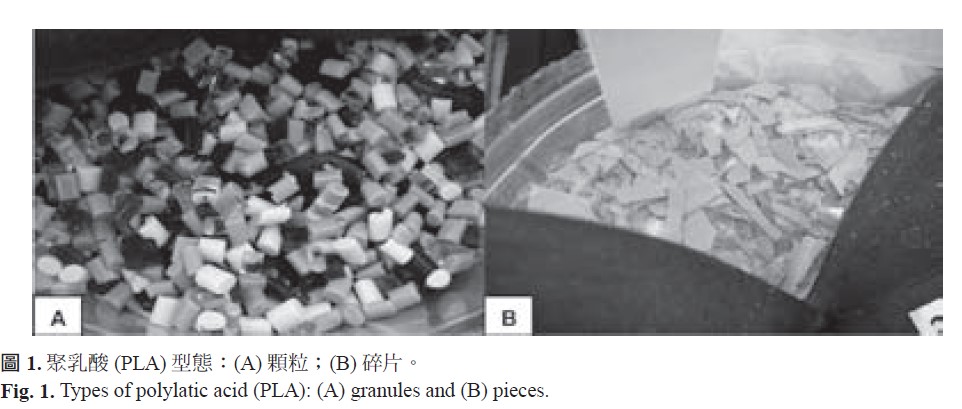All issues
Author:Su-Chen Lin*, Chao-Yi Wang, and Ching-Chung Su
Abstract:
Fusarium wilt of banana (Musa acuminata) caused by Fusarium oxysporum f. sp. cubense is one of the important factors limiting the development of banana industry in Taiwan. The objective of this study was to conduct a feld experiment on control of Fusarium wilt of banana by microbial agents. Three microbial agents were used in this study including one mycorrhizal fungus Glomus clarum, which was developed at Taiwan Agricultural Research Institute (TARI) and two other agents, Pseudomonas putida and Trichoderma asperellum, which were mixed in a commercial product. Banana tissue culture from Taiwan Banana Research Institute (TBRI), was acclimated in TARI in September 2009. The tissue cultured plantlets, after 34 days acclimation, were inoculated with G. clarum 200 spores per plant, and the seedlings were thereafter 92 days acclimation, transplanted to the trial feld of TBRI, located in Pingtong County. On the same day with transplanting, the seedlings were inoculated each with Pseudomonas putida (1 × 108 cfu per plant) and Trichoderma asperellum (1 × 106 spores per plant). At 158 days after transplanting banana to the feld, plants infected by F. oxysporum f. sp. cubense were recorded and data on disease incidence and severity were collected and analyzed. Results showed that, compared to untreated control, banana plants treated with G. clarum resulted in 12.6% increase (or 16 cm increase) in plant height and 36.9% increase (or increase of 2.4 leaves) in number of leaves. Also, treatment of G. clarum resulted in a signifcant (P < 0.05) reduction in incidence of Fusarium wilt of banana (67%), compared to in untreated control (88%). However, banana plants pretreated with G. clarum, and then post-inoculated with the commercial product (Pseudomonas and Trichoderma) did not cause a signifcant difference (P > 0.05) in the incidence and severity of Fusarium wilt for banana, compared to the untreated control. This study indicates that the arbuscular mycorrhizal fungus G. clarum is an effective agent for reducing incidence and severity of Fusarium wilt of banana, but further studies on other control measures are needed for achieving effective protection of this devastating disease of banana under feld conditions.
Key words:Arbuscular mycorrhizae, Glomus clarum, Banana, Musa acuminata, Fusarium wilt, Fusarium oxysporum f. sp. cubense
Download:![]() PDF Links
PDF Links
- 1. Development of Tractor-Mounted Seedling Transplanter for Sweet Potato
- 2. Synergistic Effect of Additional Gas on the Toxicity of Phosphine to Sitophilus oryzae and Sitophilus zeamais (Coleoptera: Dryophthoridae)
- 3. Effects of Temperature and Solar Radiation on Growth Traits and Plant Elements in Purple Leafy Sweet Potato

 Submit your manuscript
Submit your manuscript
 Guide for authors
Guide for authors